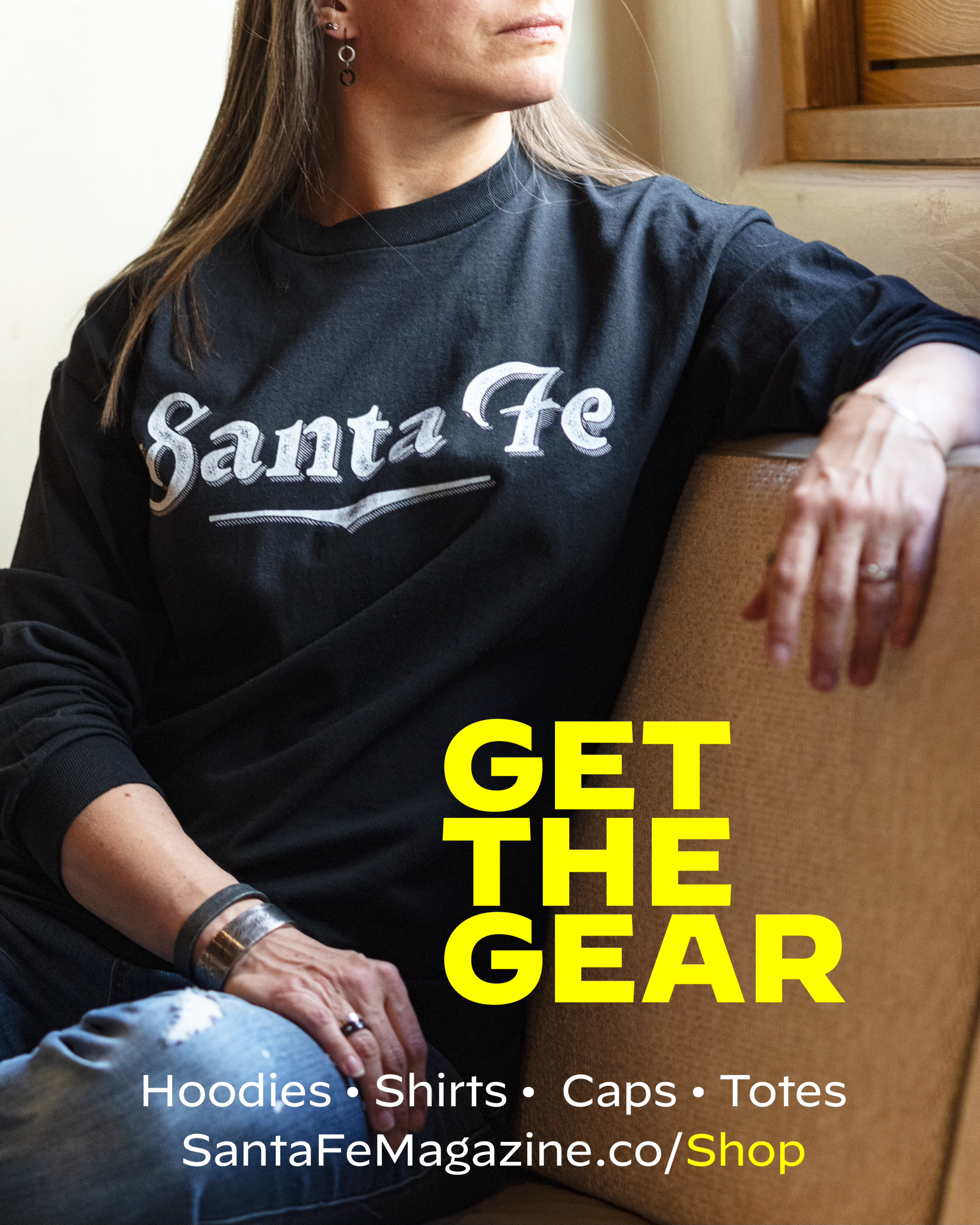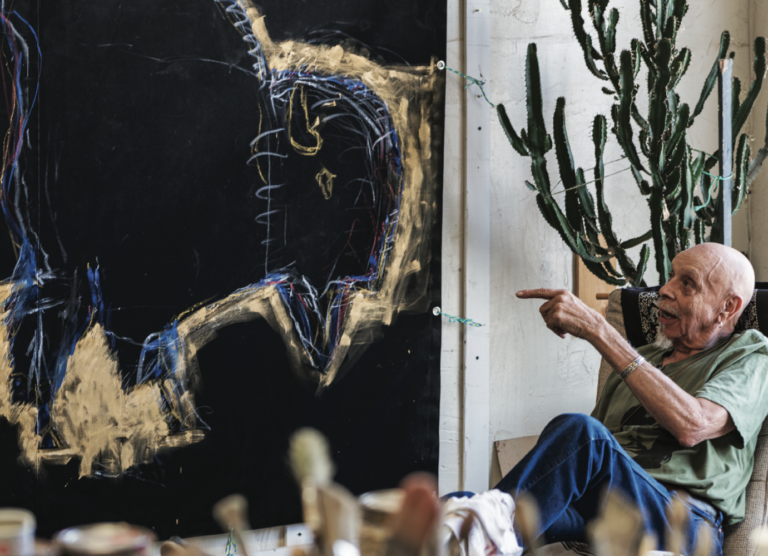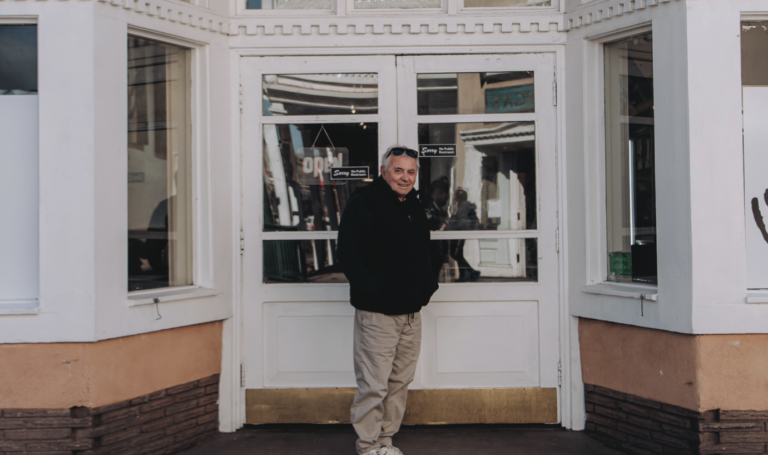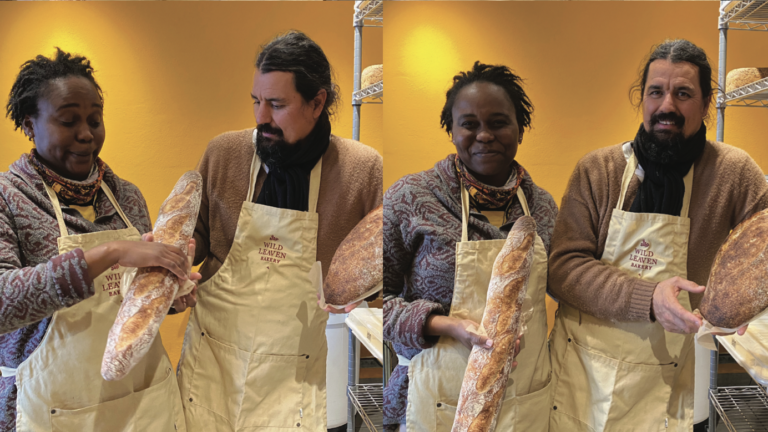YOU ARE ON FIRM GROUND. But if, perchance, you need convincing – which means you’re probably male–visit the all-female office of Laura Comeau, DDS.
So, you’re a real local.
Yes, as local as they get. Well, maybe some people would argue, but I was born at St. Vincent’s Hospital in 1980. My parents are from Kansas.
They came here in the 70s. I grew up and went to high school here.
What does it take to be a dentist? What’s involved?
I was actually a dance major in college. I was a dancer here, too. I paid for my own college, and I thought, about junior year, that I couldn’t graduate with $45,000 of loan debt and a dance degree. Then I thought, “Well, I don’t know what I want to do. Maybe I’ll be a doctor or a dentist.” I always liked science, so I came home, spoke to the doctors I knew, and they all said, “Don’t do it,” principally because of insurance stuff, I think. It was the 1990s, and the changes in their profession were so extreme. Then I spoke to the dentists I knew, who I still work with today, and they all said, “Go for it,” probably for the same reasons why I love this profession now. It’s a great career: a mix of so many things. You get to use your hands, and then there’s the science – it’s a field that’s changing so fast. You also get to talk to people all day, which suits me fine. Your day’s great.
What training is required? How many years after college?
Four years in dental school. You can do an extra residency for a year at another university if you want to. I didn’t. I needed to get out and make a living right away. But I found a place called Spear Education where I go and study and take almost over 200 hours of continuing education every year…a ton of time studying and learning how to be a better dentist. It helps that I find it interesting. Absorbing the changes, especially in tech and digital, is crazy. It’s an amazing time to be a dentist.
Do you find people chat with dentists differently than they would, say, with an MD?
We hear some interesting things. I compare it to a barbershop…it’s kind of an intimate relationship right off the bat…few barriers. A little violating. And I think dentists are kind of weird, probably because of the way we spend our time. You’re trying to make every different type of person comfortable in this really extreme environment. You’re doing things that make people uncomfortable at best, feel pain at worst, and all the while you’re talking to them.
My style is to share a little too much, probably. Everybody knows what’s going on. They know who I’m dating, they know when my mom’s come to visit. I just talk about myself in that way. I think that’s a fun aspect of the job, but you also have to have a certain brand of confidence. Nobody wants to give you their money. Nobody wants you touching them, and you do it all day long. And nobody wants bad dentists. Another conversational aspect is about, well, manipulating patients into becoming better ones, whether that’s taking better care of themselves or showing up to all their appointments. But if it’s serious all the time, I wouldn’t want to be here, right? I have to spend my days with all these women, too; we better be having at least some sort of good time.
Are there any men in the office?
No. Mostly, the auxiliary personnel in dental offices have been mostlywomen, historically…forever. Males are now getting into hygiene, just like they’ve been getting into nursing. The pay is very good, so it’s becoming more popular for guys to become hygienists. I’ve had male dental assistants, and they’ve been some of my best, but the majority of assistants, doctor’s and dentist’s front-office people, and hygienists are women. This practice was started by Dottie Beatty. There was one female dentist in town before her. It was then purchased by Pat Roberts, then by me, so it’s always been female, and it’s the only office in town that’s been like that.
[The office] is a work in progress, but I do think women with competence give off a certain air. And I think women also can be a little more self-aware. There’s not an arrogant, “We know what’s best for you” attitude. That’s just not how I am and not how people I want to work in my office should be. That means not only competence (medical competence) but empathy, especially because you’re literally in somebody’s face; you have to be able to distract them or understand how much pain they could be in. “The idea of this sucks, but we have to do it anyway.” I do think females are better at giving that message.
And you’re also dealing with people’s vanity. How is that?
My philosophy is that if your teeth are functioning correctly and are in the right positions to function correctly, then they look the best. Things need to work, first and foremost. I’m lucky in that I’m not talking about boob jobs, here…those aren’t making you healthier. Having your teeth in the right place and having them function best will make you healthier.
But the aesthetic thing isn’t just about vanity. I had an older female patient the other day. We changed her smile. She’s probably 80 and had some congenital problems that her father had; she never wanted to fix it because she looked like her dad. She was sobbing in the chair when we were doing the procedure, but when it was finished, she felt amazing. And yes, we’re changing how she looks, but it’s about way more than that; it’s hard for people to let go of how they look, whether it’s good or bad, and when you change something like somebody’s smile, it can change their life. It’s pretty amazing that I have the ability to do that.
Do you ever hear more about people’s lives than you want to hear?
Oh, all the time, and that can be difficult, of course. We have a lot of aging patients, and people pass away. Horrible things happen, and we often get to know about them…health scares, that kind of thing. It’s not always fun, but in the end, that’s just what life is full of.
The job seems a unique intersection of science and sculpture.
Yeah…science, mechanics, psychology, and art.
What’s it like dealing with people’s pain?
When you have really bad tooth pain, it’s similar to labor. When they do large studies on pain, that’s one of the things that they talk about…tooth pain. What I get to observe is the relative nature of pain. Some people are crying because you touched their gums, and some have runny, pussing mouths, and they’re just sitting there and it doesn’t hurt that bad, and you realize how subjective this concept is. It’s a fascinating thing to be able to observe. Older people tend to have less sensitive teeth, and I have some younger patients who I know feel it, but psychologically, they can separate themselves from the discomfort and don’t want anesthetic, and that blows my mind. It’s pretty amazing.
How about differences between men and women on that front?
The two people who have kind of separated themselves – been able to have me work on them when I know that they feel stuff – are both women. Women are used to being uncomfortable. They just deal with it a little bit better than guys.
My general concept, though, is that I’m not working on anyone if it hurts. I mean, I send people away and say, “We’re stopping. I’m not going to work on you through this.” But I don’t take teeth out, and don’t do root canals. I’m not working on people in emergency situations. I just don’t do that. Over time, I’ve become a dentist who does restorative care…restoring people’s teeth, so I do implant restorations, crown and bridge restorations, composite bonding, fillings. I don’t do surgery.
What’s changed in the last five to 10 years?
Wow…a great deal. Printing has been a big thing. We print 3D models, 3D crowns, we do digital impressions…no goopy impression material anymore. We print models instead of pouring them up in stone, a digitizing of the process. I still do both ways; the old way would be taking an impression of your teeth and then pouring the model up in stone. Now, I can take a digital scan of your teeth and press a button and print a model out of plastic. If we’re designing a new mouth, we can do that digitally. The biggest thing is how to seamlessly integrate the analog world – that plaster model kind of world – with the digital. We’re not there yet, but that’s where things are being refined…the goals being less waste, more comfortable and quicker procedures, and potentially – over time – less expense for patients.
What annoys you? What’s a drag?
What’s a drag? Not being able to eat after nine [laughs].
Learn more at lauracomeaudentist.com
Photo Mary Moon








